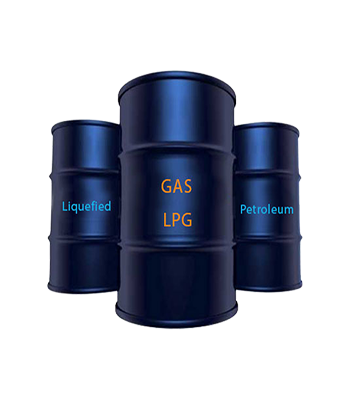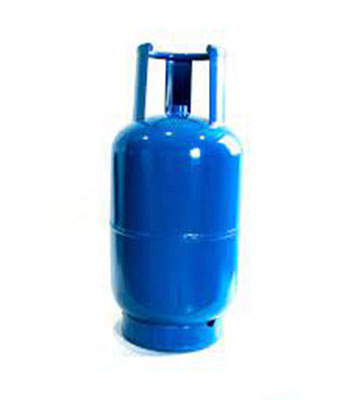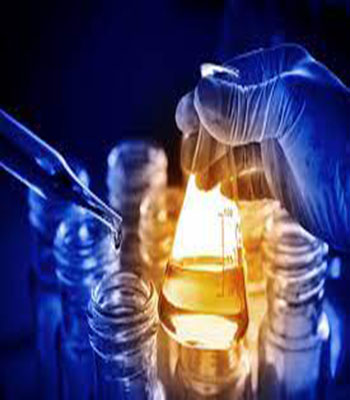LPG-Condensate
$0.00LPG is a flammable mixture of two hydrocarbon gases (i.e. butane and propane) used as the feed for olefin units. It is extracted from crude oil and natural gas. Normally, the gas is stored in liquid form under pressure in a steel container, cylinder or tank.
LPG-Condensate
$0.00LPG is a flammable mixture of two hydrocarbon gases (i.e. butane and propane) used as the feed for olefin units. It is extracted from crude oil and natural gas. Normally, the gas is stored in liquid form under pressure in a steel container, cylinder or tank.
LPG-Condensate
$0.00Natural Gas Condensate
$0.00The natural gas condensate is also called condensate, or gas condensate, or sometimes natural gasoline because it contains hydrocarbons within the gasoline boiling range, and is also referred to by the shortened name condy by many workers on gas installations.In general, gas condensate has a specific gravity ranging from 0.5 to 0.8, and is composed of hydrocarbons such as propane, butane, pentane, and hexane. Natural gas compounds with more than two carbon atoms exist as liquids at ambient temperatures
Natural Gas Condensate
$0.00The natural gas condensate is also called condensate, or gas condensate, or sometimes natural gasoline because it contains hydrocarbons within the gasoline boiling range, and is also referred to by the shortened name condy by many workers on gas installations.In general, gas condensate has a specific gravity ranging from 0.5 to 0.8, and is composed of hydrocarbons such as propane, butane, pentane, and hexane. Natural gas compounds with more than two carbon atoms exist as liquids at ambient temperatures
Natural Gas Condensate
$0.00The natural gas condensate is also called condensate, or gas condensate, or sometimes natural gasoline because it contains hydrocarbons within the gasoline boiling range, and is also referred to by the shortened name condy by many workers on gas installations.In general, gas condensate has a specific gravity ranging from 0.5 to 0.8, and is composed of hydrocarbons such as propane, butane, pentane, and hexane. Natural gas compounds with more than two carbon atoms exist as liquids at ambient temperatures






